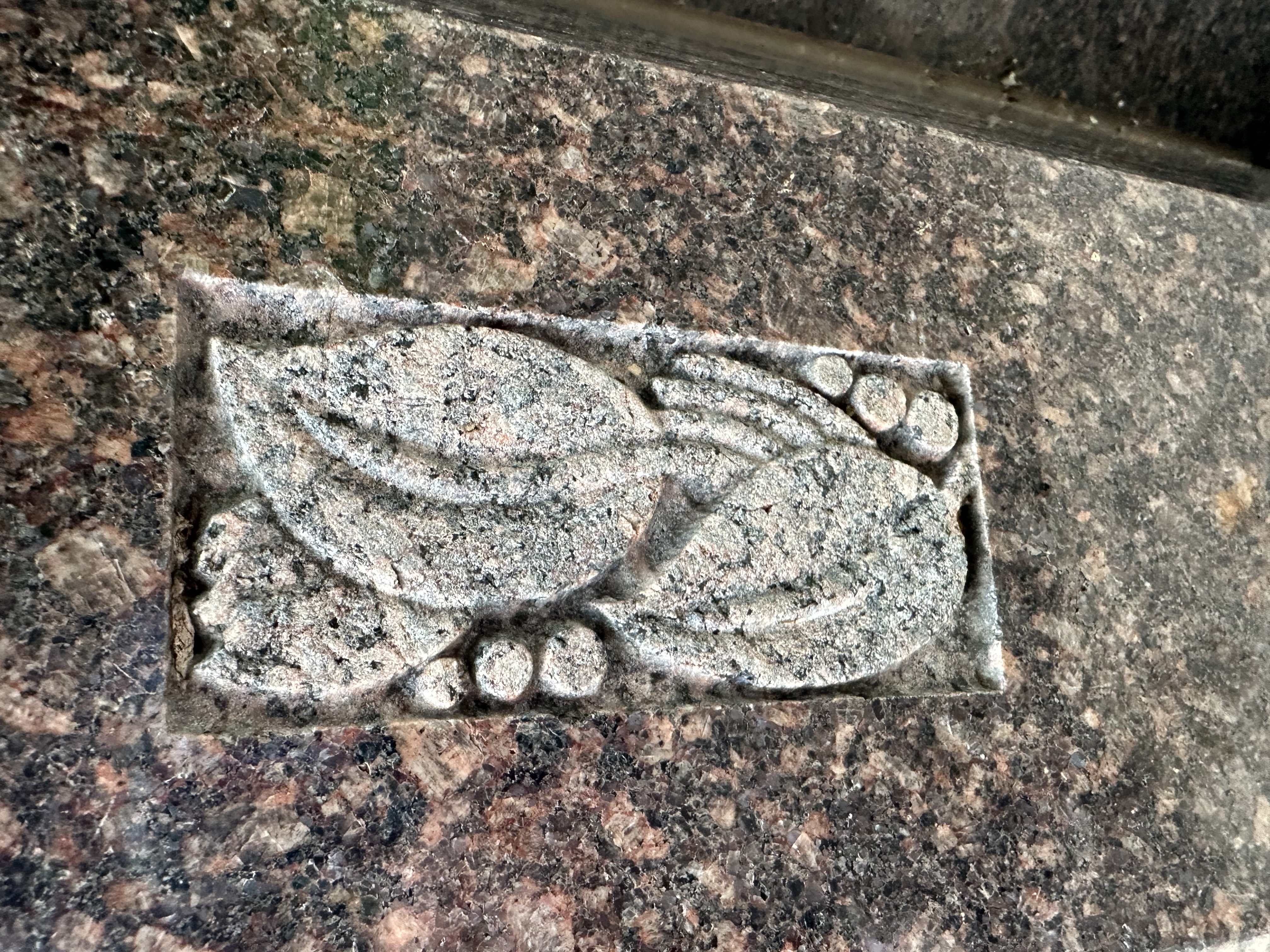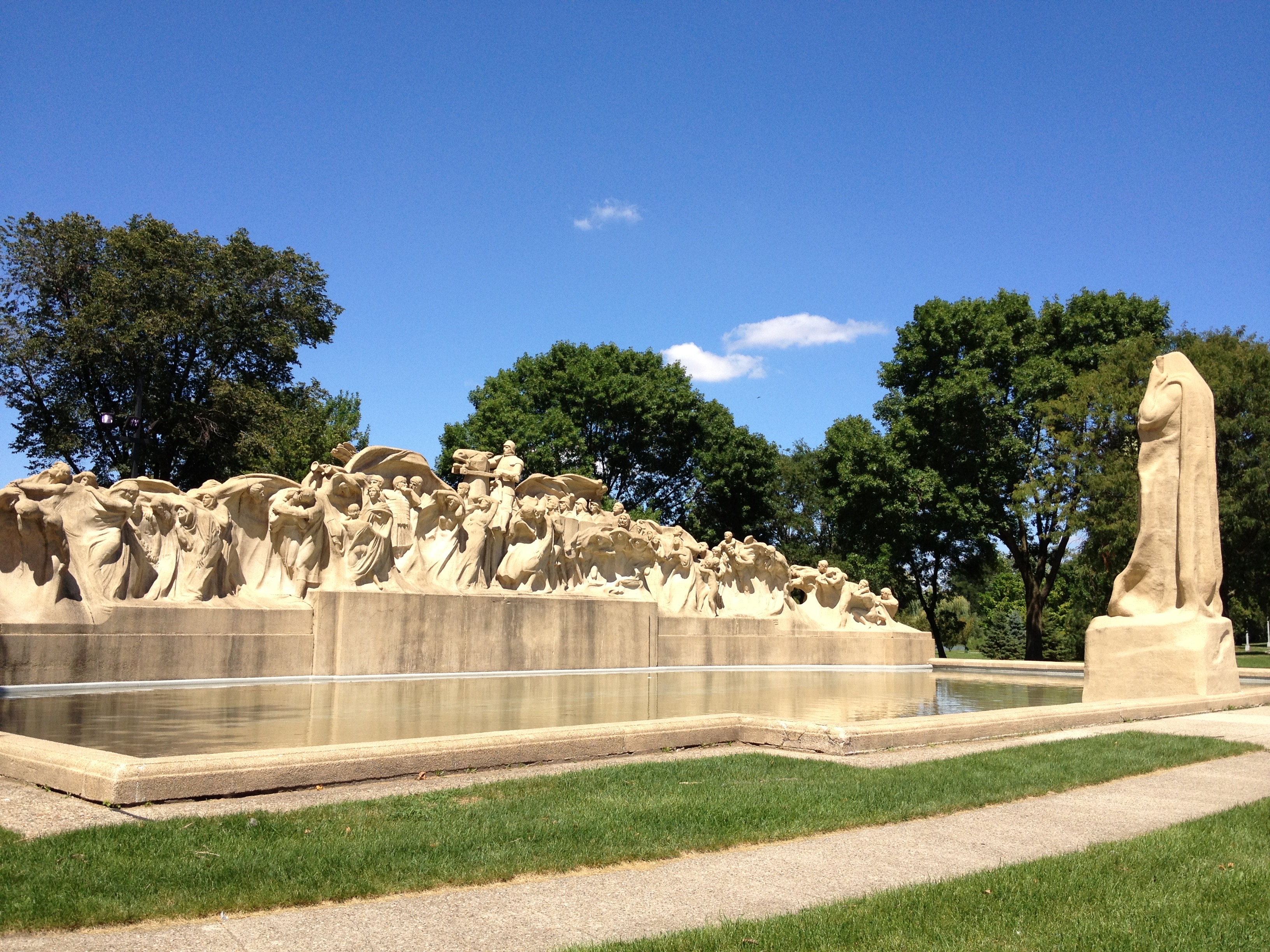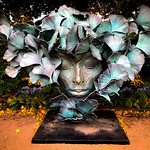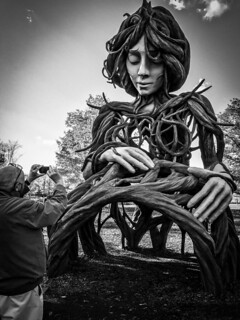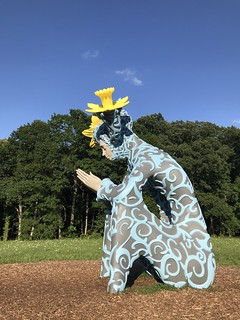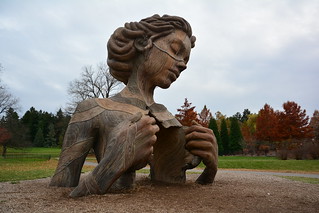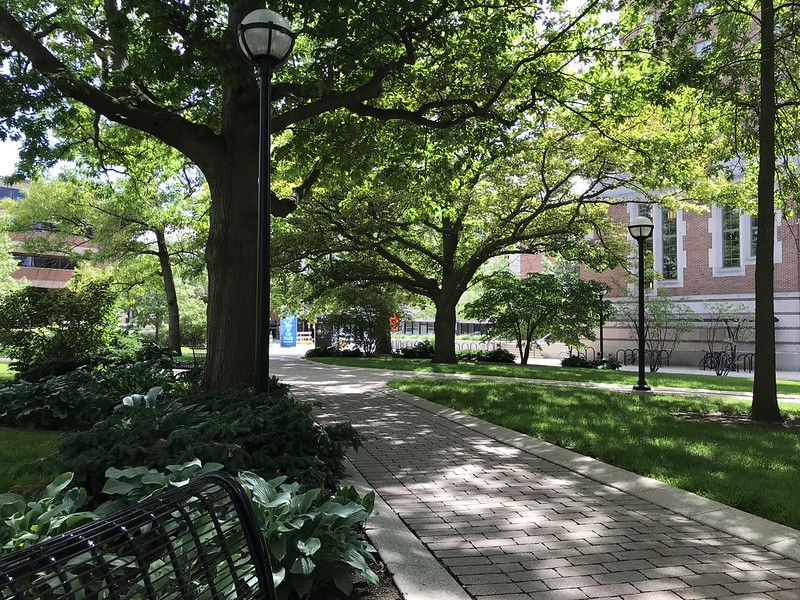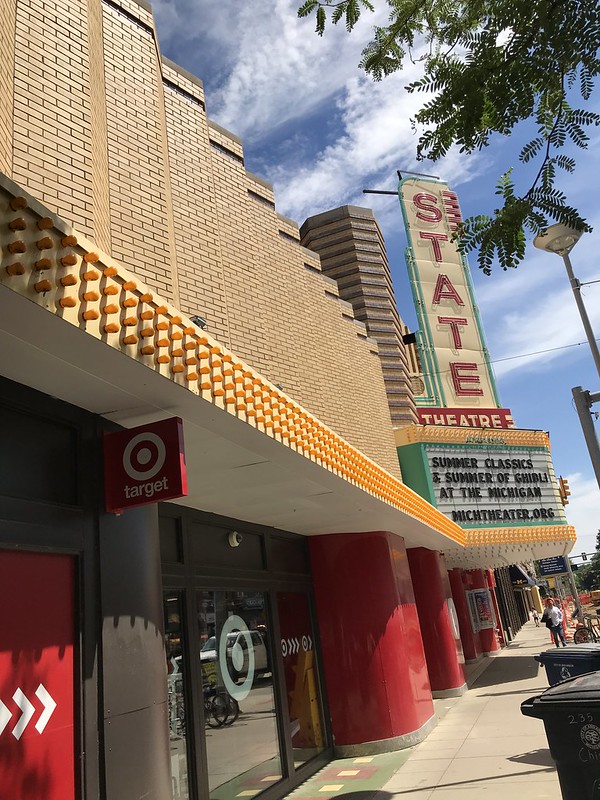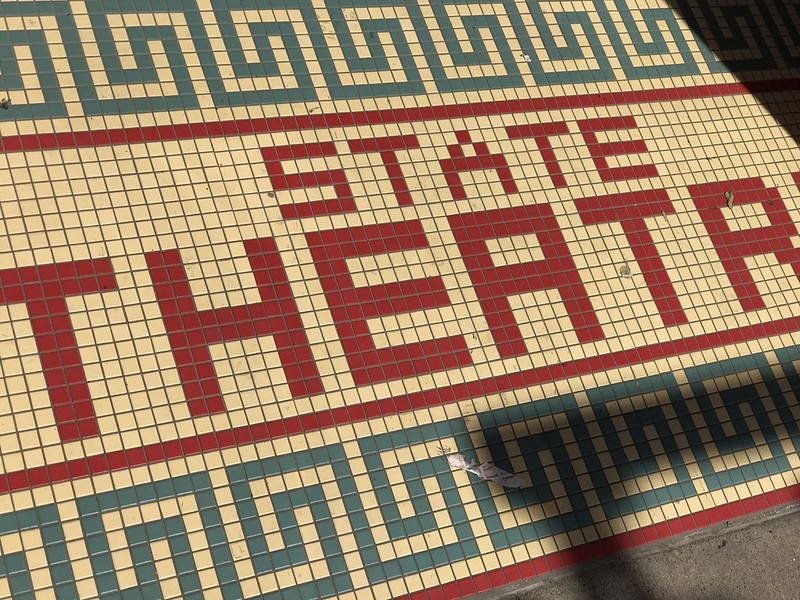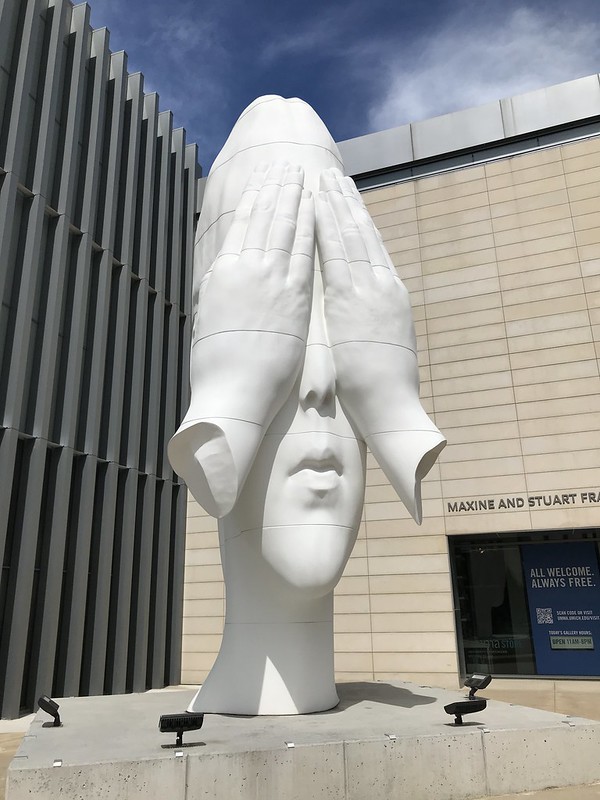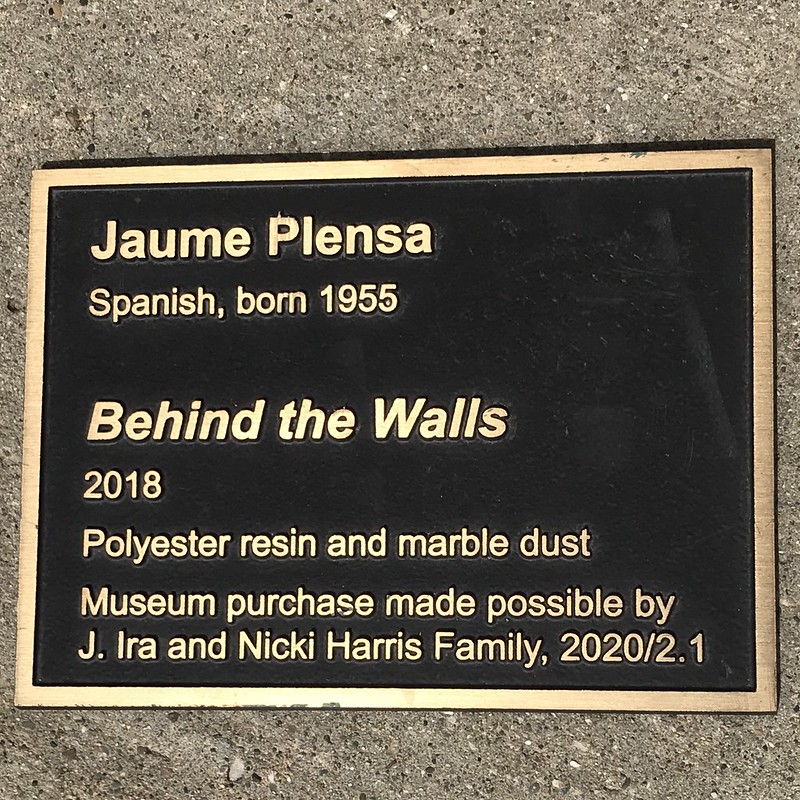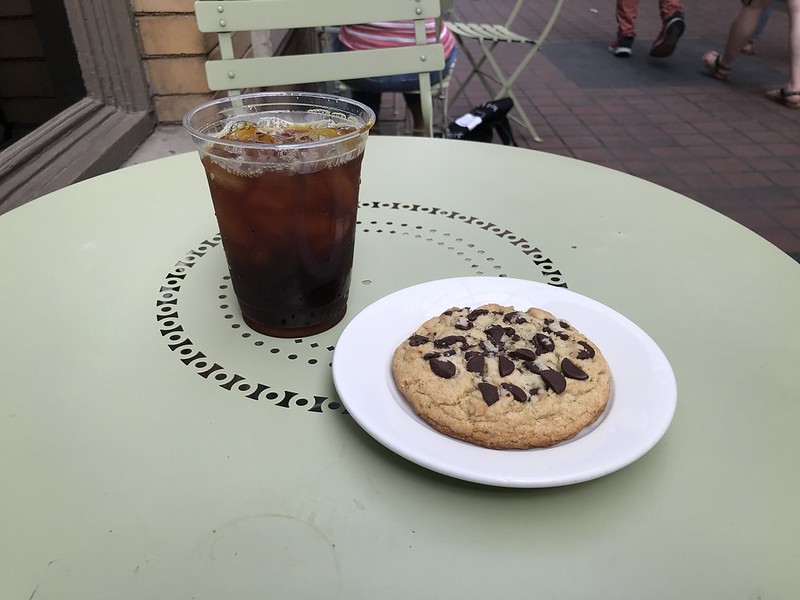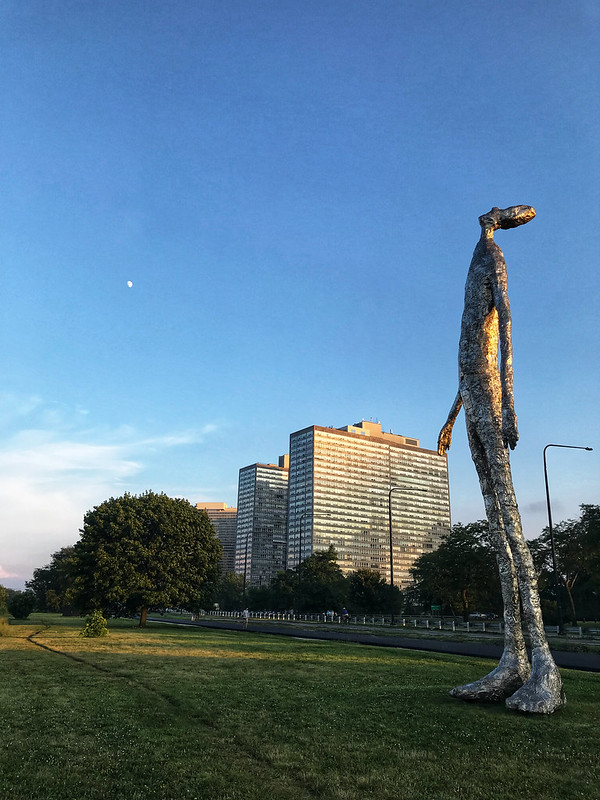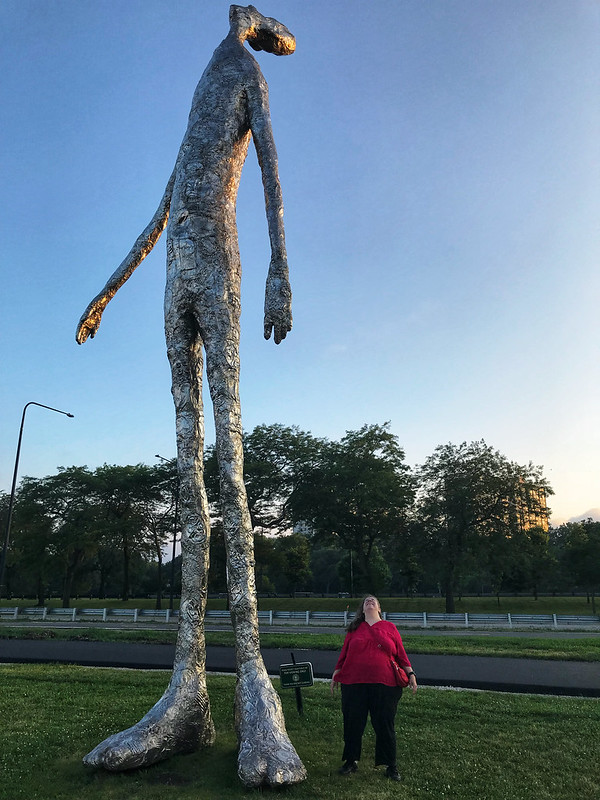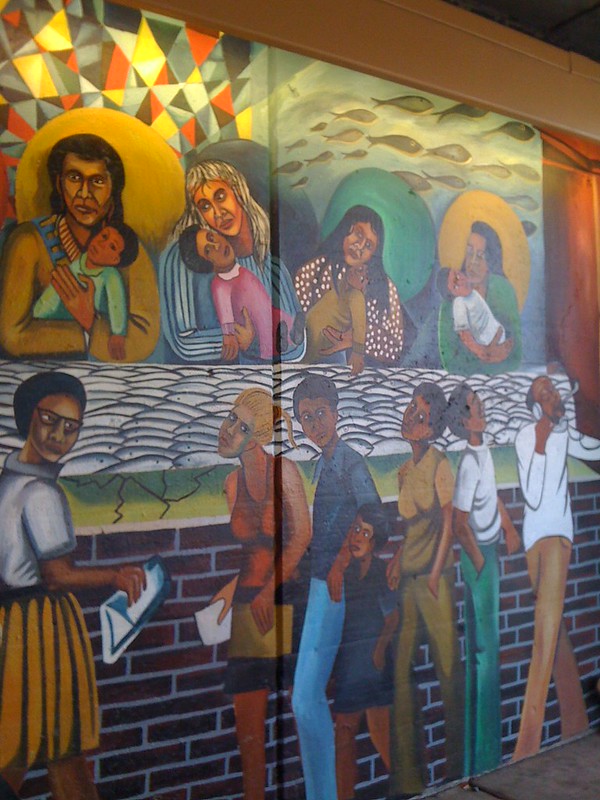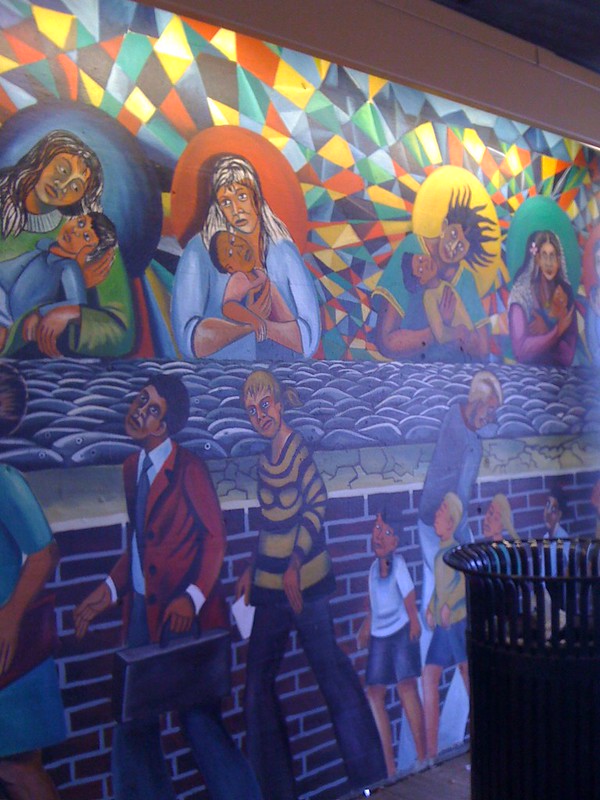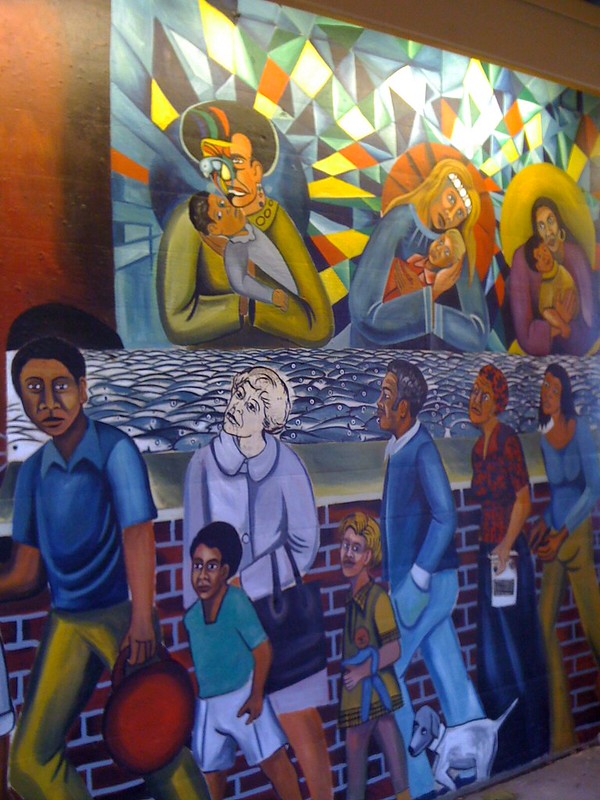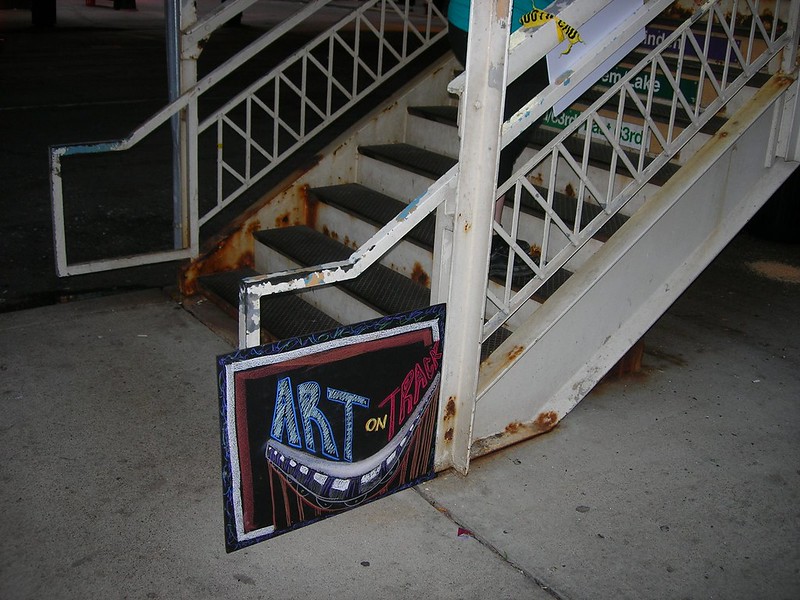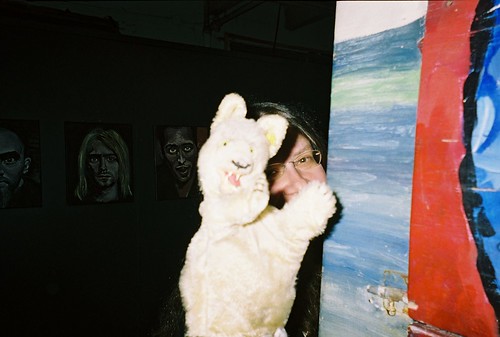It’s been more than a week since J. and I attended the first of three dates with Puppet Bike. It’s been a busy week, with health problems (Hodge’s), angst (mine), and exhaustion (mine). But I need to give the puppets their due — after all, it is the five-year anniversary of Puppet Bike, a Chicago phenomenon that I’ve only recently discovered.
First, I should mention that, in adulthood, especially middle adulthood, I’ve become reclusive. It’s not something I strive for, and my best guess is that it’s an attempt to avoid the slings and arrows of outrageous fortune. You can’t be wounded if no one knows where you are — or that you exist.
The puppets make me smile, so I agreed to go to the Friday night party.
This is stranger than it sounds. While J. has met a couple of the puppeteers, and I’ve met one — the one who told us about the party — we would be going to a celebration where we would not really know anyone and where most of the attendees would be their friends. And I suspected many would be significantly younger. For an introvert like me, who felt lost at volunteer picnics where she knew most of the guests, this would seem to be at the least an exhausting thought.
I managed.
J. and I caught a 6:35 p.m. Metra train to the Ravenswood stop, then walked about a mile south. On the way, we passed a Napoli-style pizza restaurant. He said, “I wonder if the pizza there is any good?” and a voice responded, “It’s awesome!” A young woman smiled back at us as she passed.
Just when I wondered if J. could lug his heavy bag another step over the icy sidewalks, we found the Peter Jones Gallery. A young man on crutches and sporting a Morrissey T-shirt came over to greet us, calling us “super fans.” He is Brian Jones, the puppeteer we had tipped the week before. He had been able to see us, but we couldn’t see him. He said he’d broken some bones in his foot when he fell on ice. (And I’ve survived my numerous slips and falls — so far — intact.)
Later in the evening he showed us his portraits on the gallery walls and his portfolio of original comics characters. I found that refreshing because so many people draw the popular characters from the Marvel and DC universes and don’t try to come up with their own.
Of course, with so many puppeteers on hand, the puppets gave several performances (and took on many personalities). A few guests even tried their hand; some were actually very good. Not all!
With the theatrical (Black Forest Theater), musical, and karaoke entertainment, plus all the gallery artwork for perusal, we had a lot to do, and J. wanted to extend our stay until the last possible moment for him to catch his last train at 12:30 a.m. We dragged ourselves away at 11:20 or so. Reluctantly. I fell asleep on the el. J. tried to keep me awake.
With the theatrical (Black Forest Theater), musical, and karaoke entertainment, plus all the gallery artwork for perusal, we had a lot to do, and J. wanted to extend our stay until the last possible moment for him to catch his last train at 12:30 a.m. We dragged ourselves away at 11:20 or so. Reluctantly. I fell asleep on the el. J. tried to keep me awake.
Despite the lack of sleep, we drove back for the Saturday night party.
Upon arrival, I lost J. for a very long time. He was in the theater with his digital camera, enthralled by Environmental Encroachment. I had some beer, which I had not indulged in the night before, four altogether. I learned that three to four are enough to make me pleasantly tipsy.
But not tipsy enough to try karaoke. Despite the technician’s assertion that I should and that enough beer would put me in the mood (“It always does”), sober or drunk I know enough about my singing not to inflict it upon anyone. (Just in case, however, I had my song selected — “Riders on the Storm.”)
Although I watched many of the karaoke performances, including a particularly spirited rendition of the Steve Miller Band’s “Space Cowboy,” I escaped with my non-reputation intact — that is, safe in the knowledge that no one woke up the next morning wondering if they had been so drunk as to have imagined an off-key, hauntingly awful version of “Riders on the Storm” that would have killed Jim Morrison had he not already taken care of it.
In our wanderings, we learned that the bartender, an Eastern European whose name I’ve forgotten, alas, was the artist behind several of the brightly clad nudes in the front gallery. I liked them, and the plaid Packard-type car, and hope that she is able to sell them.
We were even more reluctant to leave than we were the night before; by Fridays, I am drained, physically and emotionally, but both of us felt much better after the day away from work.
On Sunday, conceptual sculptor Alan Emerson Hicks gave us a tour of his studio, explained his time machine in the front gallery, and told us more about Puppet Bike.
We left around 6 p.m. and decided to try the “awesome” pizza at Spacca Napoli. The wait was predicted to be 30 minutes or more, but we were greeted at the door with a sample slice each of pizza, which made it bearable. We ordered two different pizzas, one for dinner and one for later (in my case, lunch the next day). Both were good.
As we were in the general area, we couldn’t resist a stop at Julius Meinl, where we ordered coffee and crepes, Nutella for J. and strawberry jam for me. If Julius Meinl were in Hyde Park, I would live there. It was a satisfying end to a one-of-a-kind weekend.
But, as the last episode of Star Trek: The Next Generation, reminds us: “All Good Things” (must come to an end). And so today Jason Trusty announced the end of Puppet Bike. I am saddened. In the broadest sense, it is a wonderful thing for Chicago, a city that needs more truly wonderful things. Closer to home, the puppets have helped me to stay sane during a very difficult time personally and professionally.
I will miss Puppet Bike, too.
See some photos.
Edit: J. T. relented. For now. Support your local PuppetBike!



































